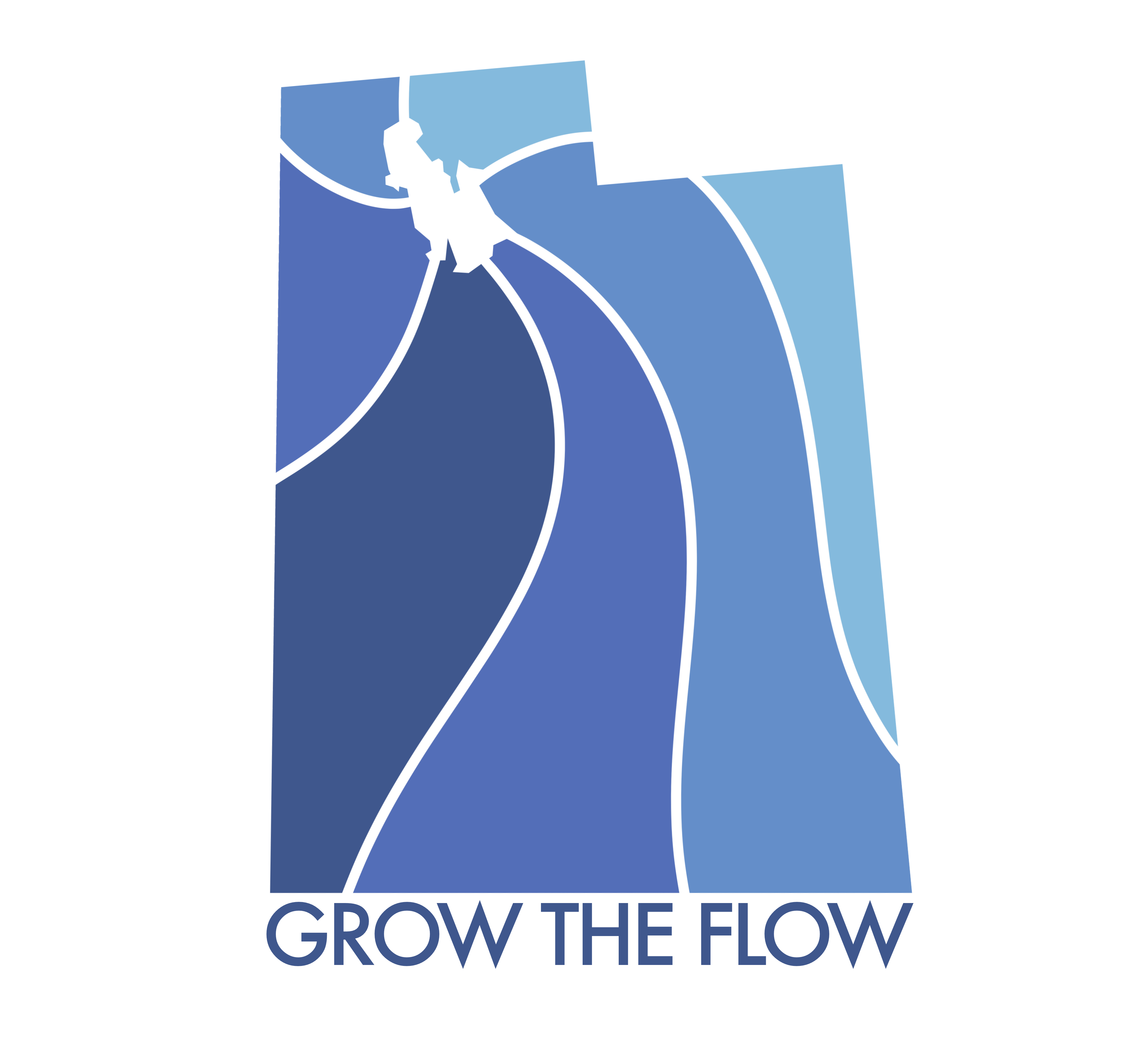Photo: Carl Moore at Great Salt Lake, September 2023 by Teri Harman
Saving Great Salt Lake is not only about preserving water and vital ecosystems, but also protecting the legacy of human history. The Indigenous people of Utah were the first stewards of our saline lake; their physical and spiritual connection to this water has existed for thousands of years. The Ute, Paiute, Goshute, and Shoshone are indispensable partners in honoring and protecting the lake.
Rupert Steele, former chairman of the Confederated Tribes of the Goshute Indian Reservation said, “We have a spiritual connection to the lake. Our people are buried there.”
Humans arrived in the Great Basin during the end of the last ice age, about 12,000 years ago. As Lake Bonneville drained, they settled into the valleys around Great Salt Lake or Pia-pa as it’s known in Western Shoshone. The environment and ecosystem provided food from waterfowl and their eggs, bison and rabbits, nutrient-dense wetland and upland plants, and the harvesting of salt. The hot springs provided winter-warmth and medicinal healing. And the land, a peaceful, plentiful home.
For generations, the Native people built a deep connection to and understanding of the watershed. This knowledge helps us act as good stewards today. Darren Parry, former chairman of the Northwestern Band of the Shoshone and a leader in efforts to include Native voices in the work to save Great Salt Lake said, “I was raised by a grandmother who spoke about water, land, plants, animals as kinfolk. She told me that I needed to treat that relationship just like I would a person, and so we honor the land. We honor the water.”
From all of us here at Grow the Flow we offer heartfelt gratitude to the Native American Tribes of Utah and for the heritage of wisdom that aids all endeavors to save Great Salt Lake.
Cheers,
Teri Harman
Grow the Flow
